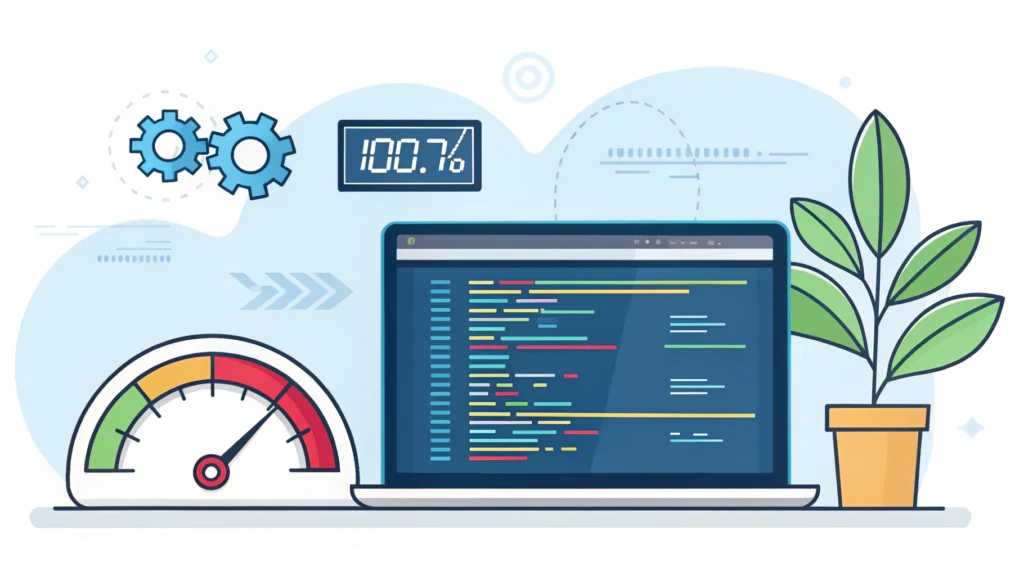Introduction
In today’s fast-paced tech environment, the concept of intent prototyping has gained traction, particularly in enterprise UX design. This approach emphasizes the importance of understanding user intent while developing prototypes that resonate with actual user needs. However, the trend of vibe coding—where developers rely on aesthetic appeal over structured functionality—poses both alluring benefits and significant risks.
The Allure of Intent Prototyping
Intent prototyping allows designers to create user experiences that align closely with the expectations and behaviors of users. By focusing on intent, teams can prioritize features that deliver genuine value, enhancing user satisfaction and engagement.
Benefits of Intent Prototyping
- Improved User-Centric Design: By understanding user needs, teams can create designs that are more intuitive and useful.
- Faster Feedback Loops: Rapid prototyping enables quicker testing and iteration based on real user feedback.
- Enhanced Collaboration: Intent prototyping fosters collaboration between UX designers, developers, and stakeholders.
The Danger of Pure Vibe Coding
While the allure of vibe coding—where aesthetics take precedence—can be tempting, this approach can lead to a number of pitfalls:
Key Risks
- Neglecting Functionality: A beautiful design that lacks essential functionality can frustrate users.
- Inconsistent User Experience: Designs driven solely by aesthetics can lead to a lack of coherence in user experiences.
- Technical Debt: Vibe coding often results in code that is difficult to maintain and scale.
How to Approach Intent Prototyping
To harness the benefits of intent prototyping while avoiding the pitfalls of vibe coding, follow these structured steps:
- Understand User Needs: Conduct user research to gather insights into user behavior and preferences.
- Define Clear Objectives: Establish clear goals for the prototype based on user needs.
- Sketch Initial Concepts: Create low-fidelity wireframes focusing on user flow and functionality.
- Iterate with Feedback: Share prototypes with users, gather feedback, and refine designs accordingly.
- Develop High-Fidelity Prototypes: Once the design is validated, develop high-fidelity prototypes that incorporate visual design elements.
Code Example: Creating a Button in HTML
Here’s a simple example of creating a button that can be used in your prototype:
<button class="primary-btn">Click Me!</button>To enhance your button’s design, consider using the Button Generator from WebToolsLab. This tool allows you to create visually appealing buttons quickly and efficiently.
FAQs
What is intent prototyping?
Intent prototyping is a method of designing user experiences that focuses on understanding and fulfilling user needs and goals.
What are the risks of vibe coding?
The risks include neglecting functionality, creating inconsistent user experiences, and accumulating technical debt.
How can I ensure my prototypes meet user needs?
By conducting user research, defining clear objectives, and incorporating user feedback throughout the design process.
Conclusion
Intent prototyping offers a pathway to creating user-centered designs that enhance the overall UX. However, the temptation of vibe coding can lead to significant design flaws and user dissatisfaction. By following structured steps and prioritizing user needs, developers and designers can navigate the allure and danger of vibe coding in enterprise UX effectively. Stay tuned for Part 2, where we will delve deeper into advanced techniques for successful intent prototyping.
